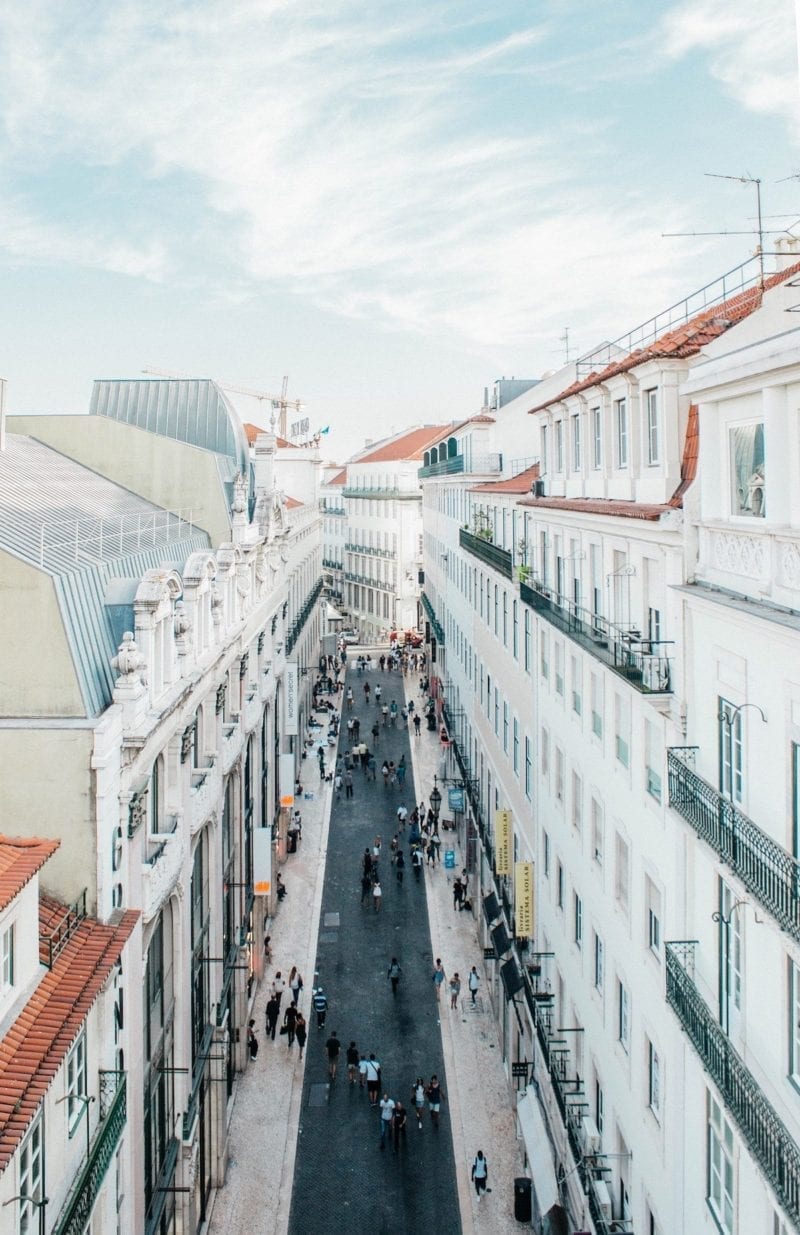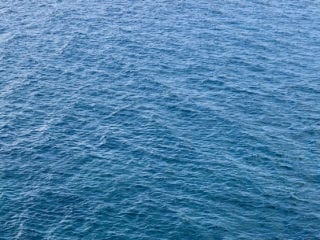When thinking of Portuguese cities, for the uninitiated, it’s hard to see past Lisbon and Porto. Even though these two cities are undoubtedly beautiful, there’s much – much – more to Portugal in terms of urban areas. I learnt this first-hand when I spent an entire year in Portugal writing my book about the country. I quickly fell for these other unsung heroes outside the capital and its northern counterpart.
It’s important to remember one thing when considering visiting these places: they are tiny. Miniscule in comparison to other cities you may have stopped by on your travels. You can walk from one end of town to the other in an afternoon in pretty much all these places. That said, they are all small but perfectly formed.
Visit these alternative Portuguese cities for spell-binding old towns, unlimited history and off-the-tourist-trail vibes:
1. Braga
Championing a strong mix of old-meets-new Portugal, Braga is a fascinating city to visit if you’ve already ticked off Lisbon and Porto. This is one of Portugal’s historical cities, with monuments and landmarks across town dating back to Roman times and centuries gone by – most notably the Sé de Braga, the oldest cathedral in Portugal.
While the history is one reason to come, there’s also a lot of young life in Braga, due to a prominent university. Bars and restaurants line the squares and alleyways that burrow through town, making it a great place for sightseeing by day, dinner and drinks by night. Located just an hour’s train ride from Porto, and a mere €3.10 each way, Braga is also easy to explore just for a day trip if you’re short on time.
2. Funchal
Capital of the archipelago of Madeira, Funchal is perhaps one of the more unusual cities on this list. Madeira is cast out in the Atlantic Ocean, off the coast of Africa, and thus a slightly different picture of Portugal. While it’s usually associated with cruise liners and package holidays, there’s plenty to do on Madeira for young, adventurous travelers.
Funchal’s harbor and marina make for a pleasant place to take a stroll; there are plenty of restaurants and cafés here to linger in for a while. When ambling through town keep an eye out for street art on doors, part of the Arte Portas Abertas project to brighten up and revive old doorways. Further afield, you can use Funchal as a launch-pad for discovering the rest of Madeira’s main island. Don’t miss hiking at Pico Ruivo, the highest point of the archipelago, north of Funchal.
3. Coimbra
Home to Portugal’s oldest university, student life has been a big part of this beautiful city for centuries. Therefore it’s not only a dream to walk through – with its historical buildings dotted across a hillside, reflecting down into the River Mondego – it’s also alive with activity and the sounds of youth.
You can actually visit the Universidade de Coimbra buildings to witness this city’s incredible legacy for yourself, and as its tower stands at Coimbra’s highest point, the views from here aren’t bad either. If you’re into books you’ll definitely want to also visit the library, Biblioteca Joanina, here; it’s a breath-taking baroque masterpiece.
Coimbra is situated between Lisbon and Porto, so it’s ideal for a stopover for a couple of nights if you’re traveling between the two.
4. Guimarães
Visiting Guimarães is like walking through a fairy tale. This is the city where Portugal was born – where the country’s first king, Don Afonso Henriques, was from, and for a brief time centuries ago it served as the Portuguese capital. It’s not only this point in history that gives Guimarães its magical qualities: The city’s UNESCO-listed old town is a rabbit hole of little cobbled streets, where bars spill out into squares during summer, and you’re never too far away from a pretty balcony.
During your time here, make sure you not only explore the center, but also hop on the Teleférico de Guimarães, the cable car that takes visitors to nearby Penha. Up on this hill you can take in a sweeping view across the city and surrounding countryside, and go for a stroll around the hill’s rock formations.
5. Évora
Designated a UNESCO World Heritage site in 1986, Évora’s Old Town is by far this city’s show-stopper attraction. One of the city’s most famous landmarks is the Temple of Diana, a Roman forum that’s thought to be one of the best preserved Roman ruins on the Iberian Peninsula. The city was also the seat of Portugal’s kings back in the 15th century, and it certainly hasn’t lost any of its grandeur since.
Évora is one of the primary cities in the Alentejo, one of Portugal’s undiscovered regions filled with vineyard trails, miles of empty countryside and an ultra-relaxed way of life. Rent a car and use the city as a stopover point for discovering this little-visited part of Portugal, and come back here each night to sample the delights of the region’s bountiful cuisine.
Which of these Portuguese cities are you eager to travel to?
Feature Image of Coimbra via Joel Filipe












3 comments
I absolutely love Portugal!
Albufeira in Algarve is also lovely.
Aww wauw I wish I could go back to Portugal soon! I love Lisbon but had now idea there are so many destinations I have to visit as well.
I want to travel to all of these locations! They all look so beautiful, and wouldn’t be as crowded as the more well-known spots in Portugal!
–
Charmaine Ng | Architecture & Lifestyle Blog
http://charmainenyw.com